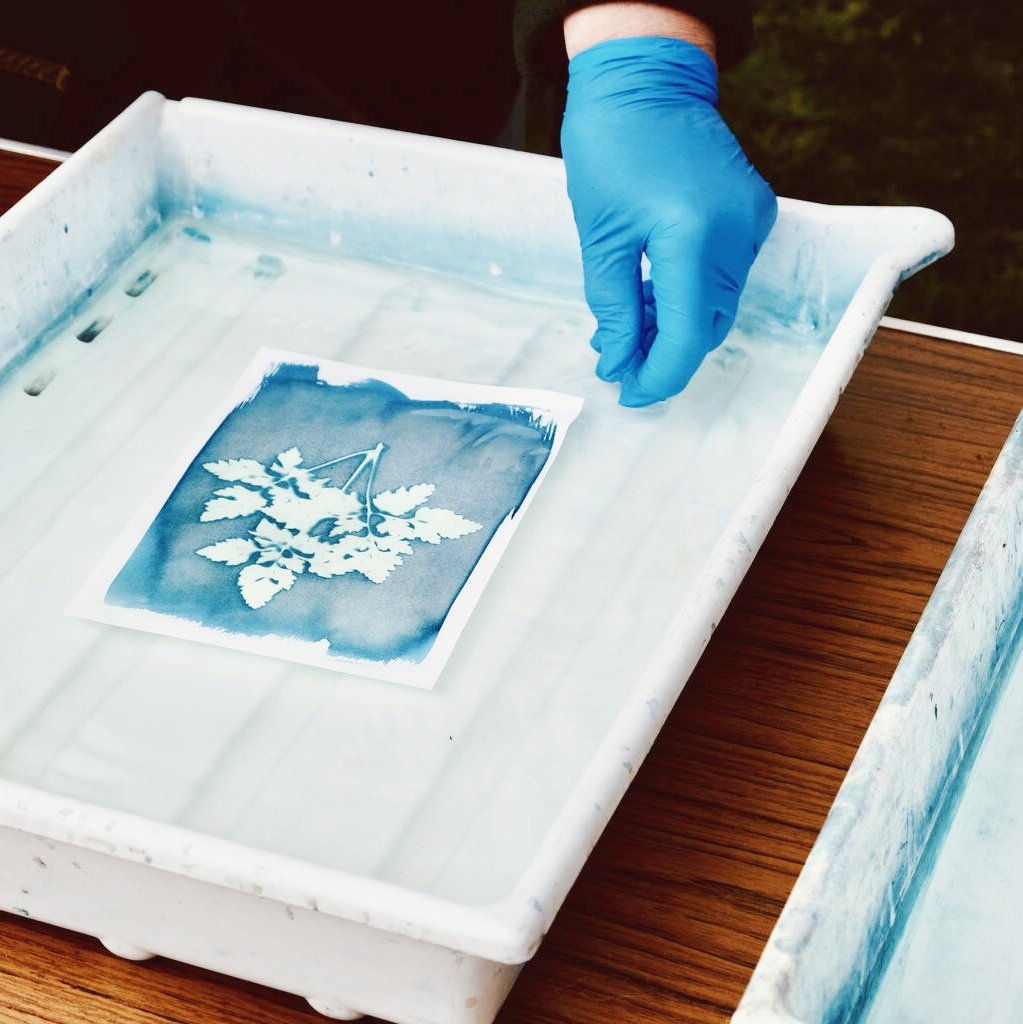When it comes to food packaging, safety is paramount. Consumers want to ensure that what touches their food is free from harmful chemicals and poses no risk to their health. This brings us to the question: is plastisol ink safe to use on food packaging materials? In this article, we will delve into the safety aspects of plastisol ink, addressing common concerns and misconceptions. By the end, you’ll have a clearer understanding of whether plastisol ink is indeed safe for food packaging.
Understanding Plastisol Ink
Before discussing its safety on food packaging, let’s first understand what plastisol ink is. Plastisol ink is a versatile, plastic-based ink primarily used in screen printing. It’s composed of resin, pigment, plasticizer, and other additives. When heated, it transforms from a gel-like state to a liquid, allowing it to adhere to various substrates, including fabrics and, yes, packaging materials.
Now, onto our focus keyword: is plastisol ink safe? The answer isn’t a straightforward yes or no. Its safety depends on several factors, including its composition, application, and compliance with regulatory standards.
International Coatings Plastisol Ink Color Chart: A Spectrum of Choices
One of the appealing aspects of plastisol ink is its availability in a wide range of colors. The International Coatings Plastisol Ink Color Chart offers a comprehensive selection, catering to the diverse needs of printers and designers. But does the variety of colors affect its safety?
Colorants used in plastisol inks are rigorously tested to ensure they are non-toxic and safe for intended applications. However, it’s crucial to source inks from reputable manufacturers who adhere to strict safety protocols. This ensures that the colors you choose do not compromise the safety of your packaging materials.
Is Plastisol a Solvent-Based Ink?
A common misconception about plastisol ink is that it’s solvent-based. In reality, plastisol ink is water-dispersion based, meaning it doesn’t contain volatile organic compounds (VOCs) like many solvent-based inks. VOCs can be harmful to both the environment and human health, making solvent-based inks less desirable for food packaging.
So, when asking is plastisol ink safe, its non-solvent nature is a reassuring factor. It doesn’t release harmful chemicals into the air during printing, making it a more environmentally friendly option.
Is Plastisol Ink Flammable?
Another concern regarding plastisol ink is its flammability. While it’s true that plastisol ink can ignite under certain conditions, it’s important to note that it has a higher flashpoint than many other inks. This means it’s less likely to catch fire during normal printing and handling processes.
However, safety precautions should always be taken when handling any flammable material. Proper ventilation, fire extinguishers, and adhering to manufacturer guidelines are essential to minimize the risk of fire.
When considering is plastisol ink safe in terms of flammability, it’s crucial to implement proper safety measures to ensure both workplace and product safety.
Is Plastisol Ink Okay for Newborns?
Parents are particularly vigilant when it comes to products that come into contact with their newborns. This includes clothing, toys, and, yes, packaging materials. So, can plastisol ink be used safely on products intended for newborns?
The answer depends on the specific ink formulation and its compliance with safety standards. Plastisol inks formulated for use on children’s products, including those for newborns, undergo rigorous testing to ensure are non they-toxic and skin-safe.
Manufacturers often use ASTM F963 and EN71 standards as benchmarks for safety. These standards test for harmful chemicals, such as lead, cadmium, and phthalates, ensuring that the inks meet strict safety criteria.
When asking is plastisol ink safe for newborns, it’s essential to choose inks that have been tested and certified as safe for use on children’s products.
Is Plastisol Ink Safe for Food Contact?
This brings us back to our original question: is plastisol ink safe to use on food packaging materials? The answer hinges on several factors, including ink formulation, printing process, and compliance with food contact regulations.
Plastisol inks formulated for food packaging undergo extensive testing to ensure they do not migrate harmful chemicals into food. These inks are often certified by regulatory bodies like the Food and Drug Administration (FDA) in the United States and the European Food Safety Authority (EFSA) in Europe.
To ensure safety, it’s vital to:
- Choose inks specifically formulated for food packaging.
- Follow manufacturer guidelines for ink application and curing.
- Use packaging materials that are compatible with food contact.
- Regularly test packaging for compliance with relevant regulations.
Real-World Applications and Case Studies
To further illustrate the safety of plastisol ink on food packaging, let’s look at some real-world applications and case studies. Many food manufacturers, particularly in the snack and beverage industries, use plastisol-printed packaging. From cereal boxes to juice cartons, plastisol ink enhances the visual appeal of packaging while ensuring safety.
Case studies have shown that properly formulated and applied plastisol inks do not migrate harmful chemicals into food, even under extreme conditions like high temperatures and prolonged storage. This reassures consumers and manufacturers alike that plastisol ink is a safe choice for food packaging.
Concerns and Countermeasures
Despite its overall safety, there are still concerns regarding the use of plastisol ink on food packaging. Some argue that even trace amounts of chemicals from the ink can accumulate over time, posing potential health risks.
To address these concerns, manufacturers are continuously improving ink formulations and production processes. They are investing in research and development to create even safer and more sustainable inks. Additionally, stricter regulations and certifications are being implemented to ensure the safety of all packaging materials.
Conclusion: Is Plastisol Ink Safe for Food Packaging?
In conclusion, is plastisol ink safe to use on food packaging materials? The answer is yes, but with conditions. Properly formulated, applied, and tested plastisol inks are safe for food contact, complying with strict regulatory standards. They do not migrate harmful chemicals into food and pose no risk to consumer health.
However, it’s crucial to choose inks from reputable manufacturers, follow application guidelines, and regularly test packaging for compliance. By doing so, you can ensure that your food packaging is not only visually appealing but also safe for consumers.



